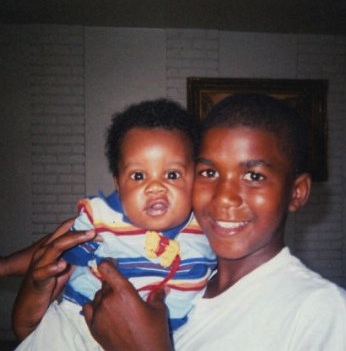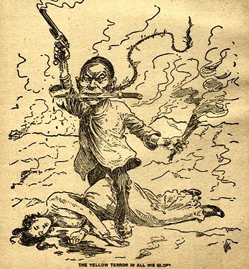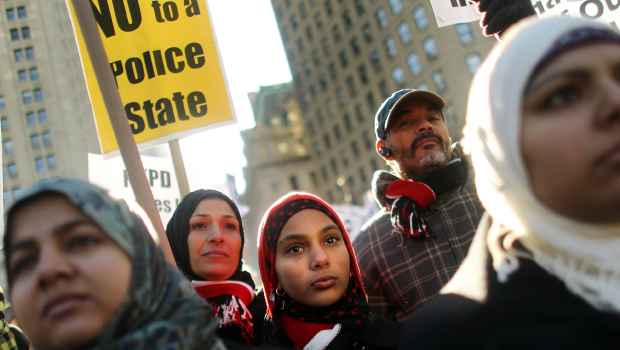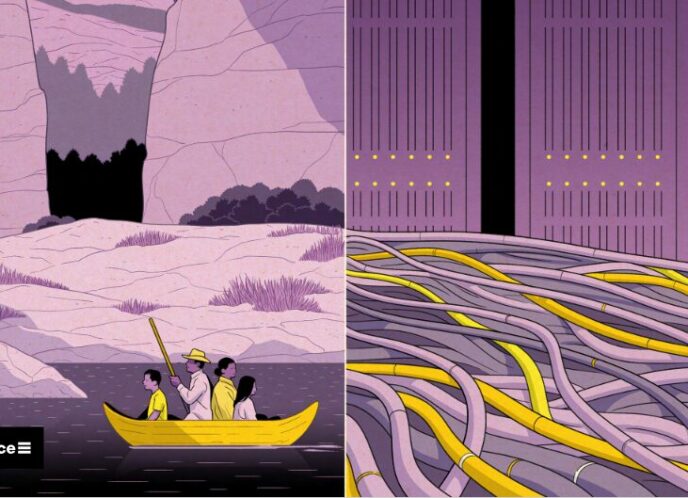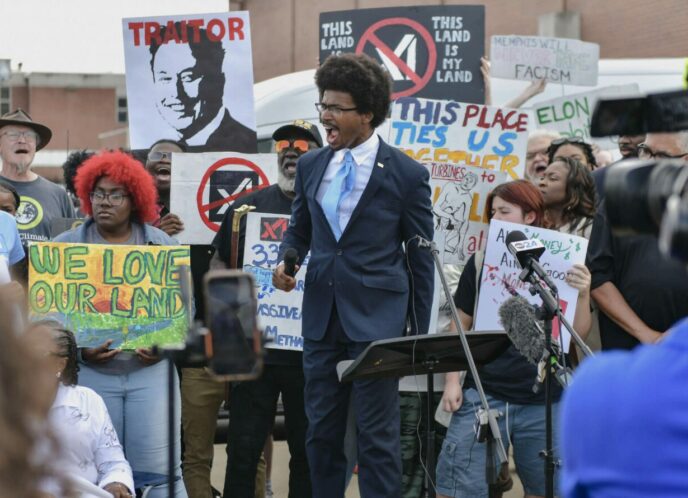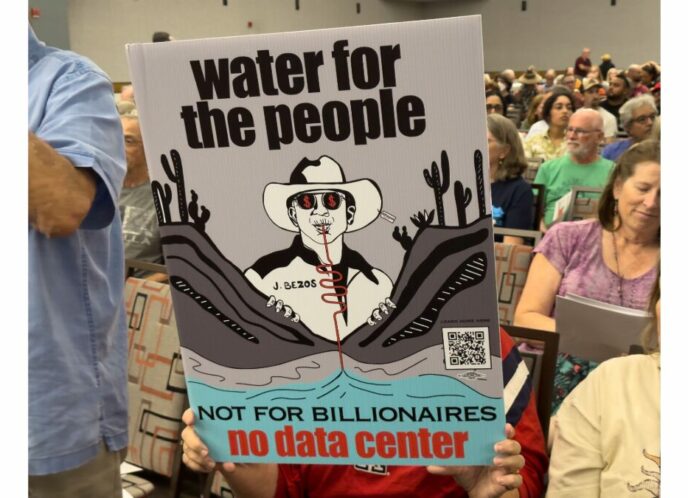I’m still reeling from the #millionhoodies marches that bloomed across the nation last night. I’ve been looking at the gripping images and video on Facebook and Twitter, created by some of the near 5,000 people—not “hundreds” or “dozens” as reported by corporate media like ABC and MSNBC—who took to the streets in New York City for justice for Trayvon Martin.
Those who don’t know better might think the grand jury that will begin on April 10th might hold Trayvon’s murderer—who has not been charged—accountable. But communities of color and social justice movements might remember grand juries as an old but favorite tactic of state repression—manipulated by the FBI liberally throughout the 70s used to cloak state repression and terrorize liberation movements led by Native Americans, Puerto Ricans, Chican@s, the Black Panthers and women.
Corporate media was instrumental then as it is now in state repression and maintaining the status quo. The FBI authored “news articles” that ran in “cooperative” media outlets, and news coverage of popular dissent might as well have been embedded as it is today with content on domestic dissent and the multiple invasions, occupations, and wars being waged by the United States in Northern Africa and West Asia. From coverage of Trayvon’s murder, police murders and violence against black and brown people in the U.S., it’s clear how very often—and for how very long—the corporate media has worked hand-in-hand with government agencies to obscure racial injustice and state violence.
At a panel I moderated last Sunday at the Left Forum, called “Race in the Post 9/11 Era,” a common theme that emerged was that race, racism and Islamaphobia in the post-9/11 era are not new but rather marked by a rhetoric shift. It’s been an exciting time for right-wing framers. The Bush and Obama administration invented and revived frames like “war on terror” (used during the Cold War and after 9/11); “enemy combatant” (used historically in civil wars and insurrections and later used, abused and abandoned by the Obama administration after 9/11); and “homegrown terrorism” (coined in 2008 in a bill claiming that the Internet led to “violent radicalization”). These frames continue to saturate corporate media and keep Americans in an elevated state of fear. The racialization or “arabicization” of Islam—a faith, not a race, like Judaism and Christianity—and the problematic conflation of faith, national origin and race make brown people and Muslim nations an easy target in interpersonal and state violence.
The NYPD, FBI, Immigration and Customs Enforcement (ICE) (formerly Immigration and Naturalization Services) and the Department of Homeland Security are turning to an old bag of tricks to infiltrate and suppress movements and communities of color today as they did in the seventies. ICE spends millions of its multi-billion dollar “Secure Communities” budget on public relations, working closely with spin doctors to generate confusion and propagate distorted facts, while corporate media placates the masses by crying “terrorist,” “illegal” and “criminal alien” while these agencies trample on human rights and civil liberties at home and abroad.
“Language can work to erase identities for one purpose and remake them for another purpose.” Roy Miki, Canadian poet and scholar
The post-9/11 use of the term “war on terror” has a familiar ring to it. Remember the days of “yellow peril” around the time of the Chinese Exclusion Act of 1882? The “yellow peril,” or the “yellow terror,” frame emerged in newspapers, many owned by William Randolph Hearst (check out all the magazines they still own) to describe Asian Americans who were a growing threat to white workers at the turn of the century.
It’s not surprising that in the early 20th century, Asian people were lynched and executed by vigilante groups at the same rate as black people in the Pacific region. Words are powerful, especially in trying economic times. Whether it’s a so-called “war on terror,” “yellow peril,” “illegal aliens,” “post-racial,” or “welfare queen,” language and communications carry a lot of weight when it comes to keeping us down.
But we are building our own narrative power now. Memes like “wage theft“, “strong families,” and “sh*t people say” are catching and sticking, and the Center for Media Justice has the honor of working with partners like the Praxis Project, smartMeme, Colectivo Flatlander and other organizations to support communities of color in strategic communications efforts that elevate our own stories and realities—in other words, our humanity.
Last night, Trayvon Martin’s mother said, “This is not about a black and white, this is about a right and wrong.” Let’s do the right thing and keep on fighting—together.
Alison coordinates the CMJ communications training and technical assistance initiative.

